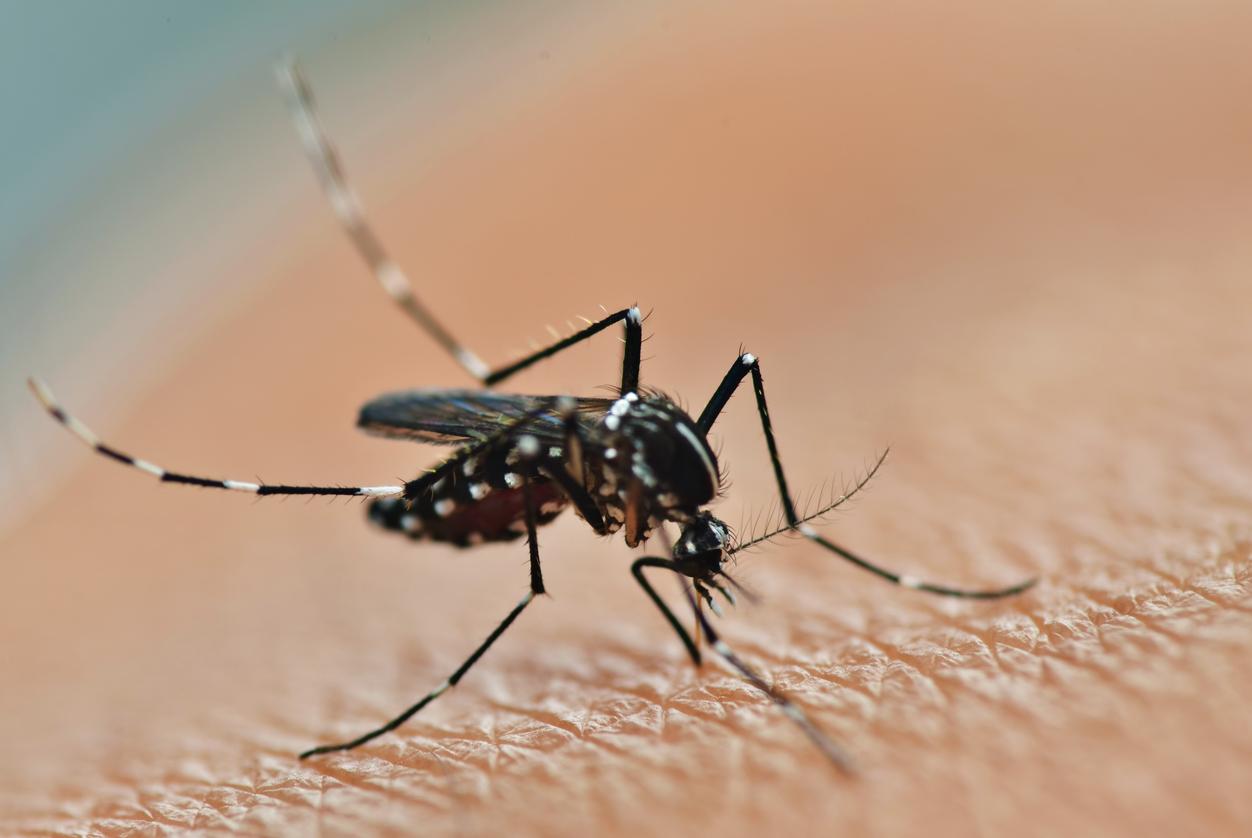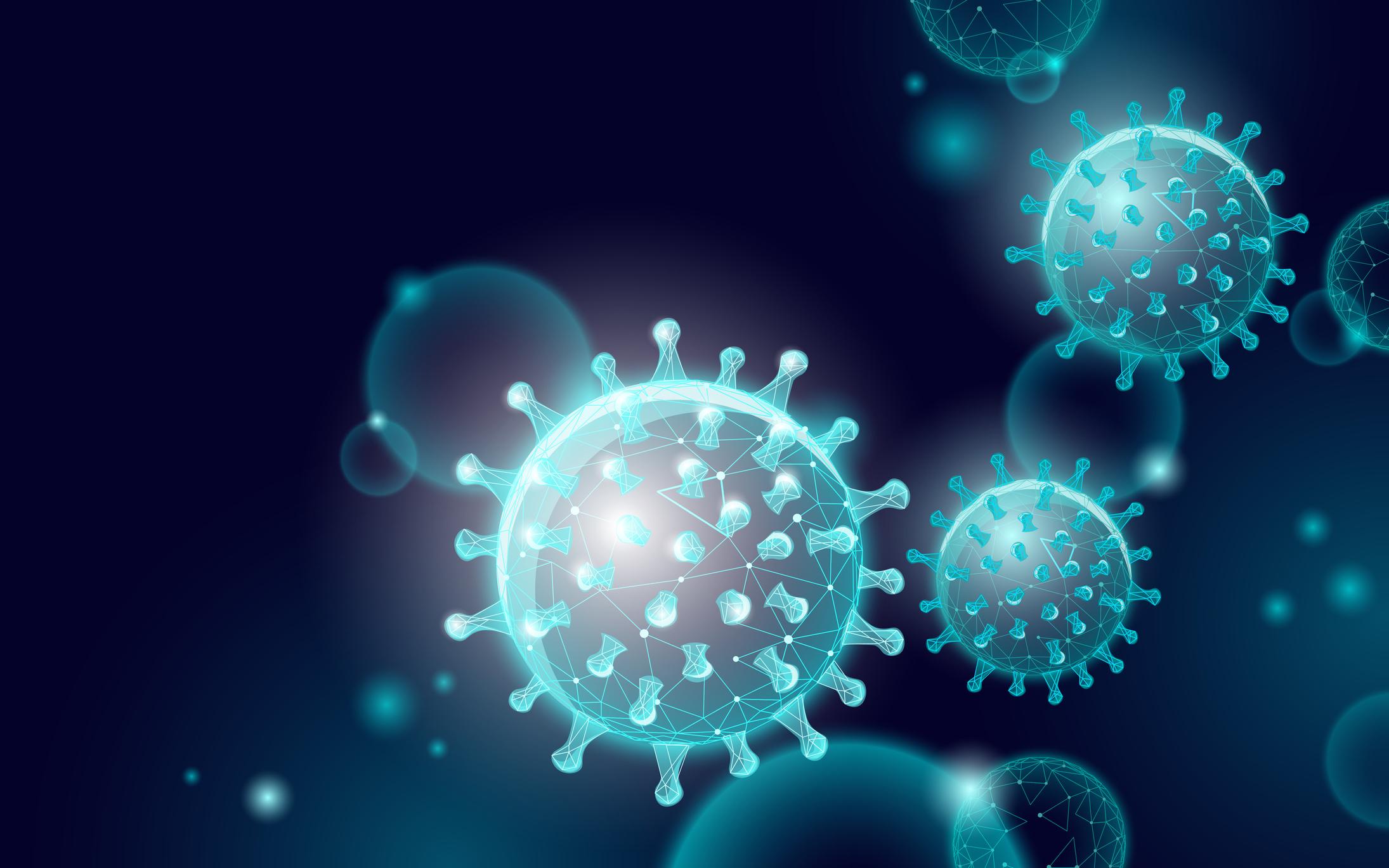Viral transmissions between animals, and towards humans, could explode in the near future (2070), according to projections by researchers made on more than 3,000 species of mammals. And this is due to global warming. In a study published in the journal Nature, scientists warn of the risk of a sicker world, due to the emergence of new pathologies, on the sidelines of being warmer. Explanations.
As with Covid-19, most likely born of an encounter that should not have taken place between two species, scientists are concerned that this will happen very regularly in the future. And for good reason: the natural habitat of animals evolves, warms up and pushes them to move to new places where other species are found. These encounters bring together bacteria and viruses, suggesting new epidemics to come.
10,000 families of viruses could reach humans
In terms of figures, the study adds that 10,000 families of viruses, which currently live in wild mammals, could reach humans in this way. The study points to one mammal in particular, which moves around a lot and carries many viruses: the bat.
These estimates do not take into account “failures” of transmission, which are more difficult to measure, says Jean-François Guégan, research director at the Institut de recherche pour le développement (IRD) and the National Research Institute for agronomy, food and the environment (INRAE) with France Info. He specifies that these inter-species transmissions would have already started for 40 or 50 years.
Sources: Climate change increases cross-species viral transmission risk, Nature, April 28, 2022.
Read also:
- Diseases, allergies… Experts predict the effects of global warming on health
- Global warming is making us sicker and sicker
- Infectious diseases: farmed rats are carriers of still unknown viruses


















